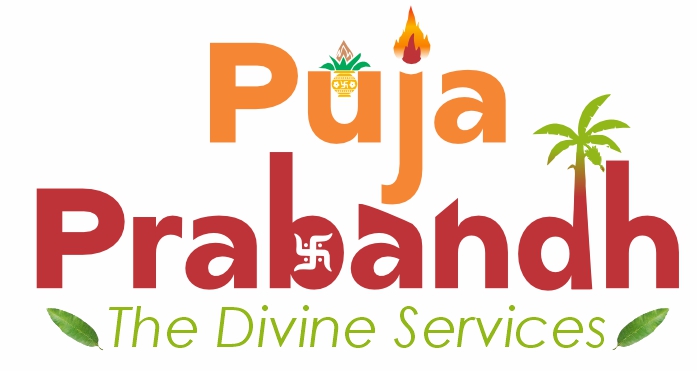
Antyeshti, also known as Antim Sanskar or Hindu last rites, is the final sacrament (Sanskār) among the sixteen traditional Hindu Samskaras. The term Antyeshti literally means “last sacrifice” and refers to the cremation and related funeral rituals performed for the deceased, ensuring the soul’s journey to the afterlife or liberation (moksha).
🙏 Purpose of Antyeshti
- To return the physical body to the five elements (Pancha Mahabhutas: Earth, Water, Fire, Air, Ether).
- To help the soul (Atma) transition from the material world and find peace or rebirth.
- To express love, respect, and farewell from family members.
- To perform Pind Daan and Shraddha, offering food and water to ancestors.
⚱️ Sequence of Antyeshti Rituals
- Preparation of the Body
- The body is washed (often by close family), anointed with ghee, turmeric, and dressed in clean (often white) clothes.
- Tulsi leaves and a few drops of Ganga water or other holy rivers are placed in the mouth.
- A tilak of sandalwood paste or ash is applied to the forehead.
- Laying-in-State & Family Goodbyes
- The body is placed on a bamboo bier (artha), decorated with garlands.
- Family, relatives, and community gather to offer final respects.
- Continuous chanting of mantras, often “Ram Naam Satya Hai” (The name of Ram is truth), accompanies the procession.
- Funeral Procession (Shav Yatra)
- The body is carried to the cremation ground by male relatives, especially the eldest son (or a designated person).
- Chanting continues, and the body is circumambulated counterclockwise around the pyre.
- Cremation (Agni Sanskar)
- The chief mourner (usually the eldest son) performs the Mukhagni – the lighting of the pyre, starting near the mouth.
- The mantras of liberation (Yajurveda, Garuda Purana) are chanted by a priest.
- The skull may be cracked with a bamboo stick (kapala kriya) to release the soul.
- Post-Cremation Rituals
- Ashes (asthi) are collected after 24 hours and immersed in a holy river (often Ganga, Godavari, or others).
- A 10-day mourning period (called Dashah) is observed by the family, where purification rites are practiced.
- Pind Daan & Shraddha (Feeding the Ancestors)
- Pindas (rice balls with ghee and sesame) are offered to the soul and ancestors.
- Tarpan (offering water with sesame) is done to help the soul gain peace.
- On the 10th, 11th, and 12th days, donations and feeding of Brahmins, cows, and the poor are done.
📅 Additional Rites
- Asthi Visarjan: Immersion of ashes in holy water.
- Ekoddishta Shraddha: Performed on the 11th day or monthly.
- Masika Shraddha: Monthly remembrance for 1 year.
- Annual Shraddha / Pitru Paksha: Performed every year for continued blessings.
🪔 Key Mantras
Garuda Purana Chant:
“Om Namo Bhagavate Vasudevaya”
Tarpan Mantra:
“Om Pitrubhyo Swadha Namah”
Pind Daan Mantra:
“Iyam Pindah Pitrunam, Yam Pindam Dadami Aham”
⚠️ Do’s and Don’ts
- Avoid social or festive functions during the mourning period.
- Men usually avoid shaving or cutting hair for 10–13 days.
- Ritual purity is maintained until final Shraddha is performed.
🙌 Spiritual Meaning
The Antyeshti rites symbolize that life is temporary, and the soul is eternal. By performing the correct rituals with faith, one ensures the soul’s smooth transition to Pitru Loka (ancestral realm) or to attain moksha (liberation from rebirth).

